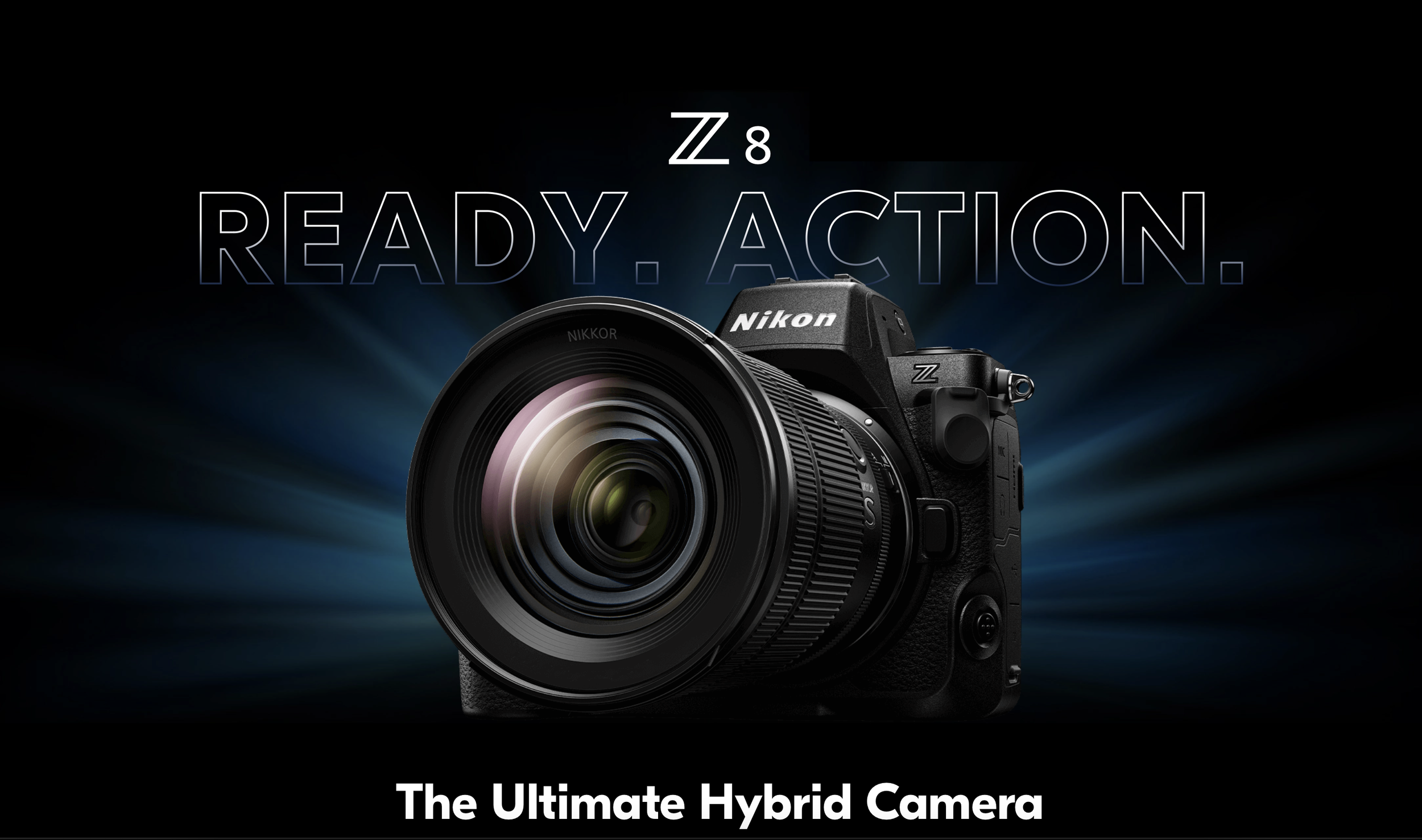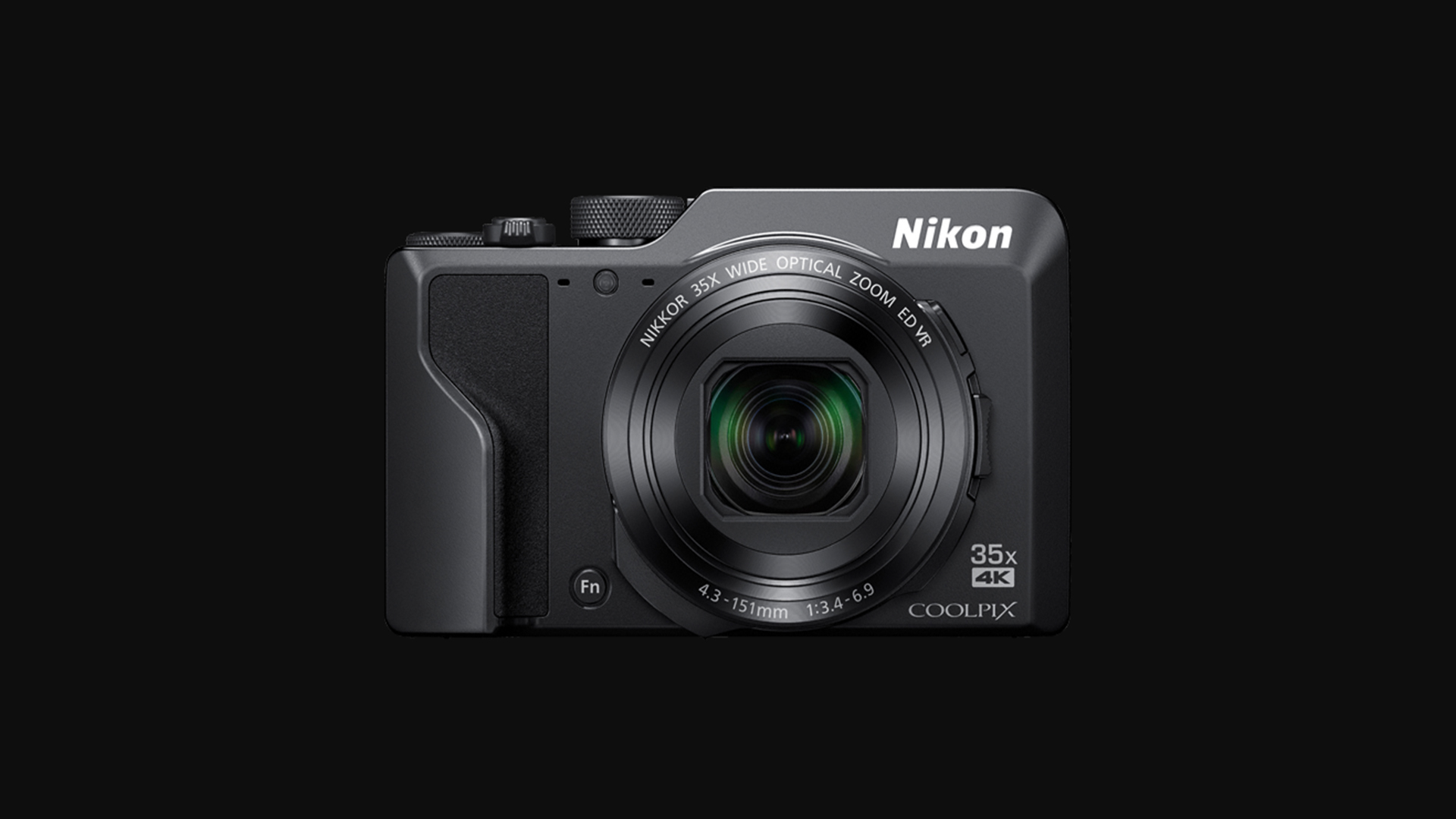Panasonic Full-Frame S1 & S1R Specifications Released
On Friday, Panasonic introduced the full specifications of their new full-frame mirrorless systems; Lumix S1 and Lumix S1R. The new cameras are based on the L-Mount standard, which boasts a well-balanced, large inner diameter and compact dimensions for a flange focus to realize optimum size and performance as a mirrorless camera system.
Panasonic’s new S series is endorsed as a photo as well as a video camera, much like the GH5, the people anticipate it to be one of the best in the market, minus the micro 4/3 sensor. As stated before, Panasonic has two different variants in it, which are, Lumix S1 and Lumix S1R.
Lets talk about the S1R first:
Lumix S1R
47.3-megapixel full-frame MOS sensor that provides a wide dynamic range and excellent performance at high sensitivity (ISO 25600 Max sensitivity)
4K VIDEO - Up to 4K 60p/50p recording plus 6K Photo functions and HLG Photo
Integrated Body I.S. (Image Stabilizer) for powerful handshake correction
PHOTO - The LUMIX S1R also boasts high speed burst shooting at 9 fps (AFS) or 6 fps (AFC)
187MP HIGH RESOLUTION MODE – A sensor shift technology suitable for taking very high-resolution landscapes and fine art photos via tripod with toggleable motion correction capabilities
The Live View Finder (LVF) which boasts the world’s highest 5,760k-dot resolution
Dust/splash*/freeze-resistant design withstands heavy field use under harsh conditions for high mobility
Dual card slots - Supports both UHS II and XQD card
Tri-axis tilting touch screen that is 2.1 million dots
Lumix S1
FULL FRAME SENSOR – 24.2-megapixel full-frame (35.6mm x 23.8mm) MOS sensor that provides a wide dynamic range and excellent performance at high sensitivity (ISO 51200 Max sensitivity)
4K HDR VIDEO - 4K 60p/50p, 4K 24/30P unlimited recording, 4K60P 29:59 min limited recording. HDR Mode and Hybrid Log Gamma (HLG). V-Log with Internal 4:2:2 10-bit 4k30/24p (4K60p output only) available via optional software upgrade key
Integrated Body I.S. (Image Stabilizer) for powerful handshake correction
PHOTO - The LUMIX S1 also boasts high speed burst shooting at 9 fps (AFS) or 6 fps (AFC)
96MP HIGH RESOLUTION MODE – A sensor shift technology suitable for taking very high-resolution landscapes and fine art photos via tripod with toggleable motion correction capabilities
The Live View Finder (LVF) which boasts the world’s highest 5,760k-dot resolution
Dust/splash*/freeze-resistant design withstands heavy field use under harsh conditions for high mobility
Dual card slots - Supports both UHS II and XQD card
Tri-axis tilting touch screen that is 2.1 million dots
“The LUMIX S1R/S1 also incorporates advanced AI technology that detects specific subjects - humans and fast-moving animals, including dogs, cats and birds. The camera keeps tracking these subjects even when they turn their back to the camera.”
- Panasonic Global
Source: Panasonic Global
For the terminal, an HDMI Type A is provided. Plus, a cable lock holder for the HDMI cable is included in the LUMIX S1R/S1 to prevent unplugging trouble on location.
Other than that, both the cameras have:
Photo Style Featuring a New Flat Mode
Variable Aspect Ratios With New 65:24 and 2:1
Flicker Decrease
Highlight Weighted Light Metering Mode
Bluetooth and Wi-Fi
Lumix Tether and Lumix Sync
These mirrorless systems will be using the L mount lenses. These lenses are made under an alliance between Leica, Panasonic and Sigma. At the moment, Panansonic has announced only three lenses, which are, 50MM F/1.4, 24-105MM F/4 and 70-200MM F/4. Panasonic has also released a road-map and has intentions of releasing more glass by the year 2020.
Source: Panasonic Global
We cannot wait to get our hands on either of these cameras. Being Panasonic’s first full-frame mirrorless cameras they wish to go neck on neck with the new Nikon Z series full-frame mirrorless systems.
What do you guys think about the specs?
Yay? or Nay? Let us know in the comments below.














